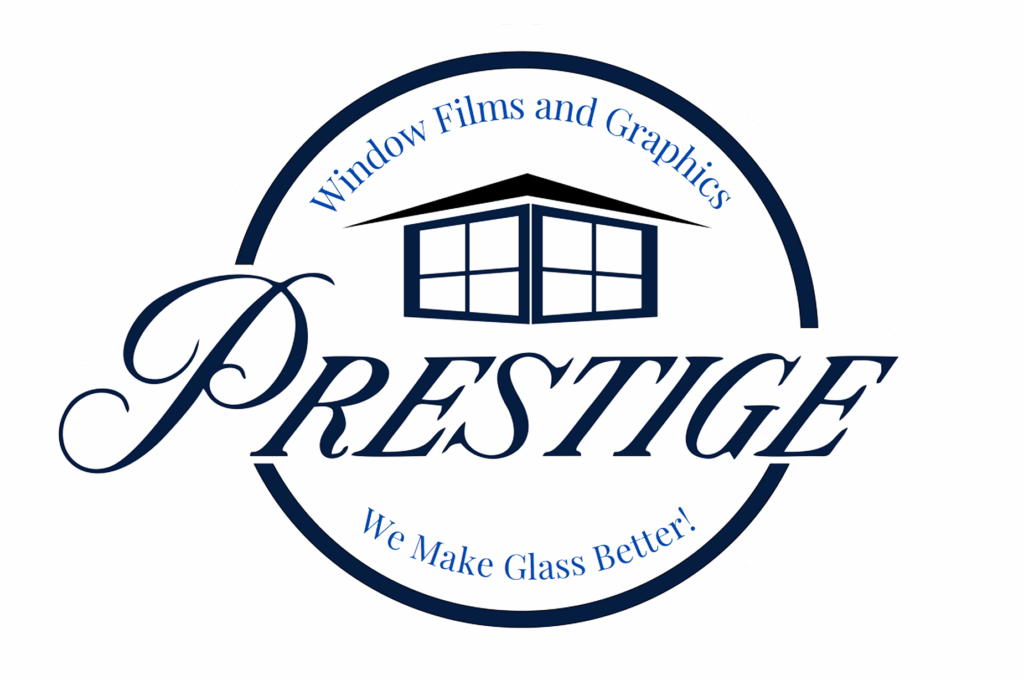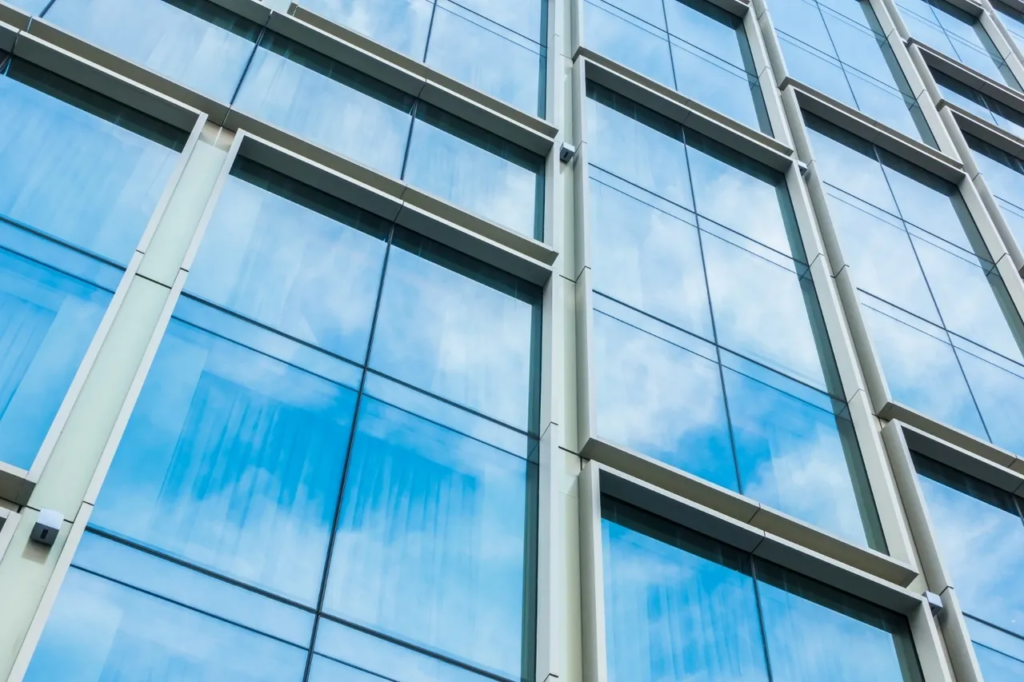Window films are a versatile solution for cutting energy bills while enhancing building performance, whether you’re working with commercial or residential properties. Below are some key ways various types of window films—including commercial window film, privacy film, flat glass film, and residentialwindow film—contribute to lower energy consumption and improved comfort.
1. Minimizing Solar Heat Gain
By reflecting or absorbing infrared radiation, window films significantly reduce the amount of solar heat entering your space. For commercial buildings, applying a commercial window film can help control rising indoor temperatures during peak sunlight hours, thereby lessening the cooling load. In residential settings, a residential window film serves the same purpose by reducing unwanted heat, which in turn eases the strain on air conditioning systems.
2. Reducing the Load on HVAC Systems
Window films not only decrease solar heat but also lead to a smoother performance from heating, ventilation, and air-conditioning (HVAC) systems. For example, when flat glass film is applied to high-performance glass facades, it minimizes temperature fluctuations inside, reducing the cycling on and off of HVAC units. For both commercial and residential properties, this efficiency translates into decreased electricity usage and lower energy bills.
3. Enhancing Indoor Temperature Stability
Maintaining a consistent indoor temperature is crucial for energy efficiency. Window films help stabilize interior climates by preventing dramatic temperature swings from direct sunlight. Whether using privacy film on windows to maintain both energy efficiency and confidentiality in office spaces or installing residential window film to create a more controlled home environment, the result is fewer energy spikes and increased comfort throughout the day.
4. Lowering Peak Energy Demand
During extreme weather conditions, energy demand can spike, pushing HVAC systems to their limits. With the strategic use of window films, such as commercial window film in large office buildings, you can lower peak indor temperatures, reducing peak demand charges on utility bills. In homes, residential window film plays a similar role by keeping interiors cooler during hot days and warmer during cooler nights.
5. Improving Overall Energy Efficiency
The combined benefits of energy savings, stabilized temperatures, and reduced HVAC work create an overall boost in energy efficiency. Incorporating various window film solutions—whether it’s the sleek design of flat glass film, the dual-purpose nature of privacy film, or specialized commercial and residential window films—can lead to significant reductions in energy consumption and improved operational savings.
Investing in window films is a smart, cost-effective way to lower energy bills while enhancing both privacy and comfort. Whether upgrading a commercial space or modernizing your home, exploring these window film solutions could be the key to energy efficiency and long-term savings.



